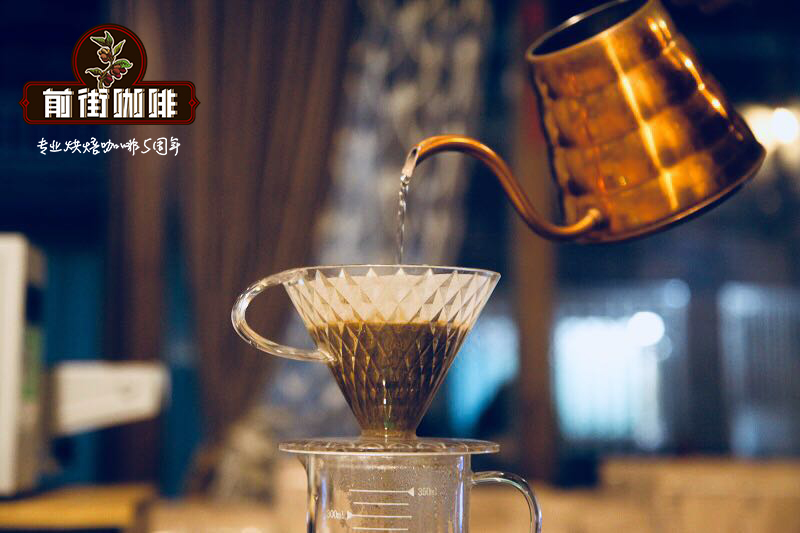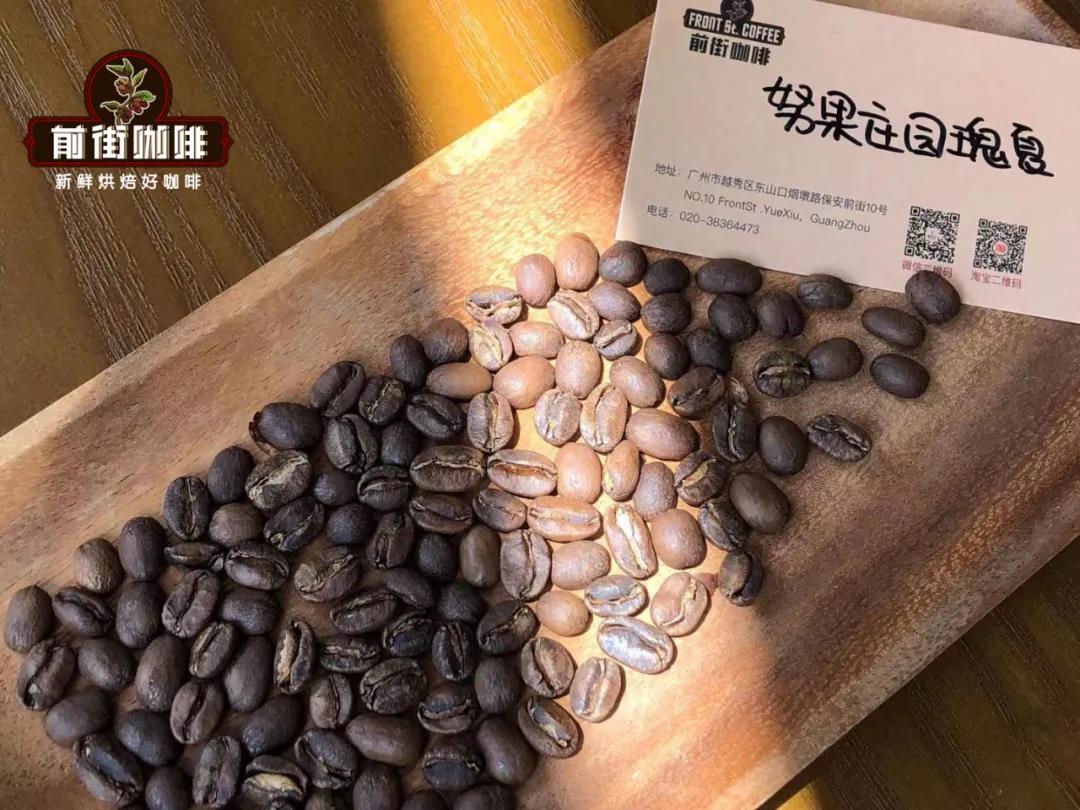DON BENJIE Flavor characteristics of Panamanian Coffee Bean Hacienda Manor

Professional coffee knowledge exchange more coffee bean information please follow the coffee workshop (Wechat official account cafe_style)
Panama is located at the southern tip of Central America, bordering Colombia. If you ask your peers about their impression of this country, they will probably answer "Canal". The isthmus, located in the North and South American continent, has been of great strategic value since the 16th century. In the early 19th century, Panama was politically more southward, and at one point formed the Republic of Great Colombia with Colombia, Vaguadore and Venezuela. But since 1903, it has seceded from the alliance with the help of the United States, and its national fortune was destined to be linked to the United States at the moment the canal was built.
The Panama Canal, which runs through Central America and connects the Pacific, Caribbean and Atlantic oceans, not only opens up shipping trade, but also brings a great deal of agricultural knowledge from the United States and Europe. Many retirees in North America choose Banama dwelling, which has a low temperature and a low number of live fingers, and then promote the spread of fine caffeine and the story of Kui Cuizhuang Garden.
Coffee was introduced into Panama in 1780, when Europeans introduced the first Typica trees. The unique microclimate (micro-climate) in many producing areas of Panama is suitable for the growth of boutique coffee. Rain Water of Panama, sometimes from the Pacific Ocean, sometimes from the Atlantic Ocean. At the end of the rainy season, a northerly wind that locals call "Bajareque" blows like air in the mountains of Panama, slowing the ripening rate of coffee fruit and raising sugar content.
Today, we bring you the German roaster Dinzler coffee bean Panama Don Benjie, which comes from the beautiful coffee plantation Hacienda Bajo Mono on the slopes of Bar ú, located in the north of Boquete, one of the highest volcanoes in Central America. The variety is Typica Tibica and the planting poster is 1500 meters high.
The Hacienda plantation, located near the birthplace of the Caldera River in the Bajo Mono Canyon, is 1400 to 1550 meters above sea level. Bajo Mono is one of the best places to produce high-quality Panamanian coffee because of its volcanic soil, clear fountains, and what locals call the "Bajareque" climate phenomenon. When the water vapor of the Pacific and Atlantic meets, when the wind rises, haze rises in the mountains, and rainbows are often seen, all of which form a unique microclimate. So that the coffee trees in this area can have a better growth environment and quality.
Looking back at the history of the Hacienda plantation, we can see that the emphasis on environmental protection and ecology was originally owned by an American, Ms. Archer, who was one of the pioneers of Boquete. In the 1980s, Dr. Renan Esquivel, a well-known Panamanian pediatrician and nature lover, bought the plantation several times. He planted many exotic trees, plants and coffee varieties. The current owner is StefanArwedM ü ller, who has been operating the Hacienda plantation since 2011 and is committed to further improving the quality of coffee beans and protecting the ecology of the area where the plantations are located, and the coffee beans produced are named C a f é D o n B en j ie.
The Hacienda plantation uses tiny Micro to produce premium coffee raw beans, starting with careful picking of coffee fruits and then using natural raw bean treatment, washed, semi-washed or insolated. While the eco-treatment plant in the park uses very limited water to process coffee in order to make a contribution to the environment, the Hacienda plantation strives for the excellent taste of all coffee beans produced in the original.
END
Important Notice :
前街咖啡 FrontStreet Coffee has moved to new addredd:
FrontStreet Coffee Address: 315,Donghua East Road,GuangZhou
Tel:020 38364473
- Prev

Panamanian Rosa Coffee Nuguo Nuguo Manor introduces the suggestion of pressure anaerobic treatment for brewing coffee beans
Professional coffee knowledge exchange more coffee bean information please follow the coffee workshop (Wechat official account cafe_style) this year, due to climate reasons, many Panamanian estates have experienced varying degrees of production reduction, and affected the 2018 best Panama (hereinafter referred to as BOP) competition, but like large-scale estates still participate as usual; and take Finca Nuguo as
- Next

Introduction of Nicaraguan Coffee producing area _ Solar Coffee in footprint Manor of Mattar Garpa, Nicaragua
Professional coffee knowledge exchange more coffee bean information please pay attention to coffee workshop (Wechat official account cafe_style) Nicaragua is a Central American producing country, bordering Honduras and Costa Rica, with a tropical maritime climate, mainly exporting crops and minerals, coffee in Nicaragua is also a more important crop exported to neighbors and Europe and the United States and other rich people. Nicaraguan coffee
Related
- Detailed explanation of Jadeite planting Land in Panamanian Jadeite Manor introduction to the grading system of Jadeite competitive bidding, Red bid, Green bid and Rose Summer
- Story of Coffee planting in Brenka region of Costa Rica Stonehenge Manor anaerobic heavy honey treatment of flavor mouth
- What's on the barrel of Blue Mountain Coffee beans?
- Can American coffee also pull flowers? How to use hot American style to pull out a good-looking pattern?
- Can you make a cold extract with coffee beans? What is the right proportion for cold-extracted coffee formula?
- Indonesian PWN Gold Mandrine Coffee Origin Features Flavor How to Chong? Mandolin coffee is American.
- A brief introduction to the flavor characteristics of Brazilian yellow bourbon coffee beans
- What is the effect of different water quality on the flavor of cold-extracted coffee? What kind of water is best for brewing coffee?
- Why do you think of Rose Summer whenever you mention Panamanian coffee?
- Introduction to the characteristics of authentic blue mountain coffee bean producing areas? What is the CIB Coffee Authority in Jamaica?

